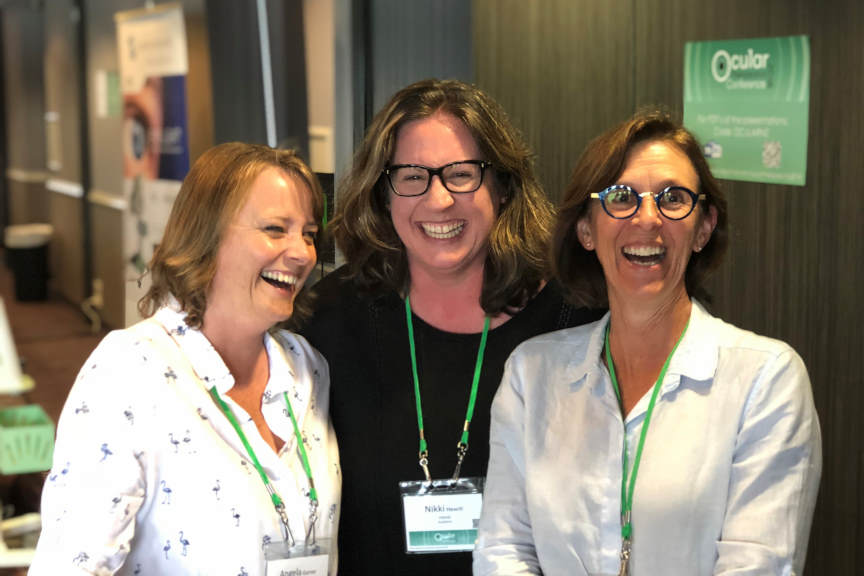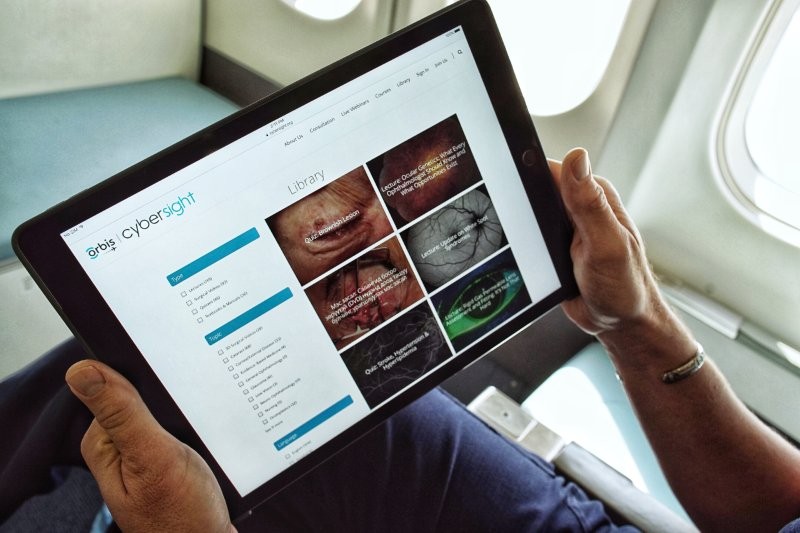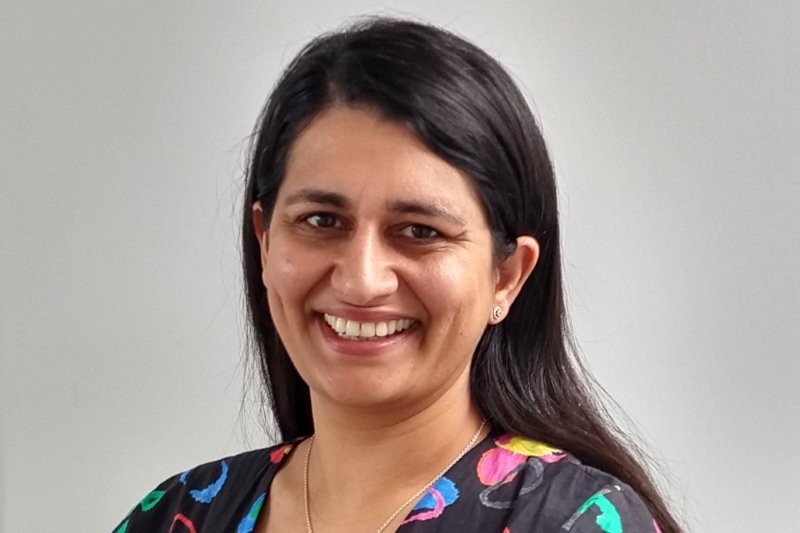OTC: an information packed day
The Waipuna Hotel and Conference Centre in Mount Wellington, Auckland on a March summer’s day was the setting for the third Ocular Therapeutics Conference, run by the Buchanan Ocular Therapeutics Unit at the University of Auckland.
Once again, this increasingly popular conference boasted a mix of short, informative and exciting talks from local and international specialists, as well as an arena for optometric and pharmacy colleagues to catch up and share their different, but related worlds.
Meds: the good, the bad and the ugly
The morning’s lectures covered both oral and topical medicines with Dr Jay Meyer kicking off proceedings with a talk about oral medications for ocular conditions. He warned his audience about the potential risk of death from anaphylaxis with many medications, however, oral antihistamines, which work on H1 receptors, are quite safe and available over the counter, he said.
He covered anti-virals for use in herpes simplex and herpes zoster infections, noting that valacyclovir, which has greater bioavailability and a less frequent dosage, is not funded in New Zealand, and touched on alternative treatments to anti-virals, such as turmeric and lysine. Next, he covered oral medications for meibomian gland dysfunction (MGD). Azithromycin has become popular with optometrists for its anti-inflammatory and antimicrobial effects, however it is contraindicated in those with any significant cardiac history or heart arrhythmia. Doxycycline with its shorter half-life, can also be used and is contraindicated in children and pregnancy.
Next, Dr Taras Papchenko tackled toxicity of common medications in the eye. He took a systemic approach, first looking at medications effecting the anterior eye, the iris and pupil (eg. tamulosin and venlafaxine), before moving to the lens (steroids, chlorpromazine) and on to the retina (cholorquine, tamoxifen) and the optic nerve (amiodarone). His take home message was that all structures in the eye require oxygen and nutrients, provided by capillaries or tears, and so systemic drugs can cause a wide range of ocular side effects. A thorough history is required to identify all the medications a patient is on, he said.
Professor Charles McGhee provided a synopsis of avoiding and managing corneal transplants, discussing the pathophysiology of graft rejection and the drugs used such as steroids, cyclosporine and mycophenolate. In general, you should just “believe the patient if they say they are worried about their graft” and see them as soon as possible as a precaution, he said.
Dr Nicola Anstice, who had returned home from her new role as the University of Canberra’s head of discipline for its new five-year optometry course, presented data on the prescribing trends of New Zealand optometrists.
Auckland was disproportionately represented in prescribing with 11% of the population being based in Auckland and 21% of the therapeutic prescribing-authorised optometrists living there.
The Bay of Plenty was also over-represented while Canterbury showed lower levels of prescribing when compared with its population. The most prescribed medications in New Zealand were topical anti-invectives and anti-virals followed by anti-allergy (olopatadine was a favourite). Dry eye and anti-glaucoma medications each made up 8% of the total, with anti-glaucoma predicted to increase in the near future. Oral medications currently make up only a small proportion of those prescribed, she said.
The final talk of the session was given by community pharmacist and Auckland University lecturer and researcher Maree Jensen, who discussed and explained the pharmacist’s role and responsibilities in managing and triaging eye conditions. “Pharmacists know their patients well (especially frequent users) and we use our interactions with them as a opportunity to make a difference to their lives and refer them to the appropriate person,” she said.
Pharmacists see a large number of patients with conjunctivitis, dry eyes, tired eyes, medications that cause dry eyes, sub-conjunctival haemorrhages and styes, she added. “We have a major part to play in the management of eye disease. There is a huge disconnect between pharmacists and optometrists even though there is a huge amount of synchronicity of the role.”
Regarding the posterior segment
During the next session, Professor Colin Green looked at oral treatments targeting the inflammasome pathway for the treatment of diabetic retinopathy and macular degeneration. Xiflam is a small molecule that blocks the hemi-channel opening that inhibits the release of the cell’s high-energy molecule adenosine triphosphare (ATP) and in turn the perpetuation of inflammasomes and cytokine release. So far, this new oral medication, which addresses vascular integrity, has proven safety in 100 patients and there are further trials planned.
Next, Dr Narme Deva explained the use of topical medications for cystoid macular oedema starting with non-steroidal anti-inflammatories, which work by inhibiting cyclooxygenase enzymes (COX 1 and 2). Diclofenac is subsidised in New Zealand and has some side-effects such as burning and punctate epitheliopathy. Diclofenac is contraindicated in pregnancy and those with NSAID-sensitive allergies. Steroids are often used synergistically in this condition and prednisolone acetate is the pick of the bunch due to its ocular penetration. These drugs work in many ways to reduce the inflammatory response, decrease oedema, fibrin formation, capillary dilation and proliferation. An increase in intraocular pressure in response to steroids (in one third of patients) is something to be mindful of, she explained.
Associate Professor Andrea Vincent led an interesting talk about new gene therapies for conditions such as retinitis pigmentosa, choiroidemia and Leber’s hereditary optic neuropathy. There are many advances in gene therapy on the horizon which aim to use optokinetics to circumvent the gene defect, however, they are expensive and limited to gene specific eye disease, she said.
Next up, Dr Emma Sandford, an ophthalmologist studying natural medicine, discussed nutrition and supplements for posterior eye disease such as diabetic retinopathy, epiretinal membrane and even retinitis pigmentosa. Sandford urged her audience not to see progression as a fait accompli, explaining we can affect our patient’s gene expression and disease progression. She gave a historical perspective on age-related macular degeneration (AMD) and discussed good (olive and coconut) and bad (refined vegetable and seed) oils and fats.
“A good diet is a traditional diet” said Dr Sandford, giving examples from the traditional Mediterranean diet rich in vegetables, fruits, nuts, seeds and olive oil and the traditional Maori diet featuring seaweed, fern shoots, kumara, taro, berries and huhu grubs.
Dr David Squirrell provided a practical presentation about ocular coherence tomography (OCT) interpretation of macular disease, taking us through a systematic set of questions to help identify the type of macular disease. Firstly, what is the clinical context? Where is the pathology (pre, intra or sub-retinal)? Is there oedema or subretinal fluid? How is the macula functioning (integrity of the inner segment/outer segment layer)?
OCT, he said, can take a “minute to learn and a lifetime to master.” It’s another weapon in our arsenal of imaging techniques, such as fundus autofluorescence, which can be used to accurately identify retinal disease such as atrophy, oedema and schisis, amongst many other conditions, he said, using many examples to demonstrate both OCT’s uses and shortfalls.
Anterior segment pearls
Professor Heather Sheardown from Canada presented on the surface modification of contact lenses to improve their function and comfort. She began by explaining the main reason for the lack of adoption and continuation of contact lenses among patients - discomfort. There are many patient and lens factors that influence comfort, she said, but one of the most important is improving surface wettability, which can be achieved through surface modification, internal wetting agents, migratory polymers, packaging and/or lens care products. Hyaluronic acid (HA) as an alternative wetting agent was explored, including the use of HA as a method to facilitate the release of drugs such as atropine and dexamethasone.
Dr Rasha Altaie then discussed the hot topic of myopia control in children, from the pathological end-stage effects of high myopia to some of the methodologies currently being researched, such as orthokeratology and peripheral defocus contact lenses and atropine.
Professor Dipika Patel treated us to a talk about the problems of tackling the rising scourge of acanthamoeba keratitis. She outlined her seven-year review of the presentation and outcomes with 58 eyes.
In this review, it was found that 96% of cases involved contact lenses, the mean duration of symptoms at presentation was 21 days and in only 12% of cases was the initial diagnosis acanthamoeba keratitis. Steroid treatment at diagnosis was associated with a poor prognosis and this occurred in 10% of cases.
Prof Patel used photos to discuss some of the clinical signs such as the radial keratoneuritis, stromal ring infiltrates and hypopyon. Acanthamoeba keratitis requires aggressive therapy with propamidine isethionate and either polyhexamethylene biguanide or chlorhexidine, she said. Poor yields from corneal scrapes and the difficulty or delay of diagnosis are some of the challenges faced in treating this devastating corneal disease.
‘Challenging glaucoma cases’ was the title of Dr Hussain Patel’s talk. His cases ranged from a severe steroid-responder, with retinitis pigmentosa and cystoid macular oedema, to a patient with glaucoma, soaring high pressures and severe dry eye. He showed that a creative and persistent approach is required in handling these tricky patients.
Ending with dry eye
The post-coffee sessions addressed dry eye and reviewed some of the latest results from the Tear Film and Ocular Surface Society (TFOS) second Dry Eye Workshop (DEWS II). Associate Professor Jennifer Craig, who was vice-chair of DEWS II, showed how the Workshop’s findings had redefined and reclassified dry eye. If based on signs only, dry eye could have a prevalence as high as 75%.
Risk factors can be classified into modifiable (such as computer use, contact lens wear, environment and medications) and un-modifiable (age, female sex, Asian race and Sjögren's syndrome). A/Prof Craig detailed the vicious cycle of factors that perpetuate dry eye and discussed the classification flow charts, showing conditions with symptoms and without signs and the converse, which are not considered dry eye, and explaining how these charts can aid practitioners in their clinical management of dry eye.
Dr Stuti Misra looked at dry eye diagnostic methods, suggesting that clinicians start with triaging questions, before conducting risk factor analysis, diagnostic tests (non-invasive tear breakup time, osmolarity and staining) and finally tests that grade aqueous deficiency or evaporative dry eye subtypes. While Dr Trevor Gray looked at iatrogenic dry eye in refractive surgery.
Though iatrogenic dry eye is increasingly recognised, it is still underestimated, he said. SMILE, LASIK and PRK are all techniques that temporarily increase dry eye. Dr Gray provided some tips for prophylaxis before laser vision correction, including lubricants, azithromycin and steroids, lid massage, and omega-3 supplementation. Treatment should not only address lubrication but also denervation, inflammation and other elements of this condition.
Senior lecturer and director of the Buchanan Ocular Therapeutics Unit, Dr Ilva Rupenthal, discussed the science of ocular lubricants. Lubricant eyedrops aim to replace some tear components, reduce osmolarity and also dilute inflammatory cytokines. Dr Rupenthal demystified the vast array of ocular lubricants available today, classifying water-based lubricants, ointments and liposomal sprays and outlining the technology of some of the latest drops to hit the market.
Lastly, Dr Maria Markoulli presented a lecture about future management and therapy of dry eye. Markoulli explained the four-step treatment algorithim which includes all the latest research from TFOS DEWS II and extends in a step-wise manner covering everything from education and lid hygiene to punctual plugs and amniotic membrane grafts.
Starting with methods for aqueous deficiency, Markoulli then looked at the various warm compress methods and treatments for blepharitis and Demodex. She covered anti-inflammatory interventions, manuka honey eye-drops and surgical interventions. ”Dry eye treatment is an art, but classification is essential in order to develop a targeted treatment approach,” she said.
A final panel discussion was held and closing remarks were said before delegates came together for drinks and networking to discuss the day’s learnings.
Next year’s Ocular Therapeutics Conference will again be held again at the Waipuna Hotel in Auckland in March 2019.
Ella Ewens is a therapeutically-qualified optometrist based at Greenlane Clinical Centre, specialising in CLs, therapeutics and glaucoma.


























